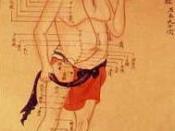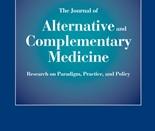The use of plants for healing purposes forms the origin of much modern medicine. Many conventional drugs originate from plant sources: a century ago, most of the few effective drugs were plant based. Examples include aspirin (from willow bark), digoxin (from foxglove), quinine (from cinchona bark), and morphine (from the opium poppy). The development of drugs from plants continues, with drug companies involved in large scale pharmacological screening of herbs.
What we know today as complementary and alternative medicine (CAM) has roots going back 5,000 years to Chinese (traditional Chinese medicine), Indian (Ayurvedic medicine) and similar healing traditions in cultures across the planet. For thousands of years, these diverse medical traditions had in common a belief in the energy of the body and the need for harmony between mind, body and spirit. The role of the 'doctor' was to facilitate the healing process by identifying and removing obstacles to health.
Therapies addressed the underlying cause of the disease by encouraging lifestyle changes, self-care and preventive strategies, rather than simply suppressing symptoms.
Chinese herbalism is the most prevalent of the ancient herbal traditions currently practised in Britain. It is based on concepts of yin and yang and of Qi energy. Chinese herbs are ascribed qualities such as "cooling" (yin) or "stimulating" (yang) and used, often in combination, according to the deficiencies or excesses of these qualities in the patient.
The earliest known source of information on acupuncture is a text called the Huang Di Nei Jing, or Yellow Emperor's Inner Classic, which is believed to have originated as early as the second century BC.
The Nei Jing regarded the human body as a miniature representation of the universe as a whole and taught that a state of health could be achieved by balancing the body's internal environment with...


